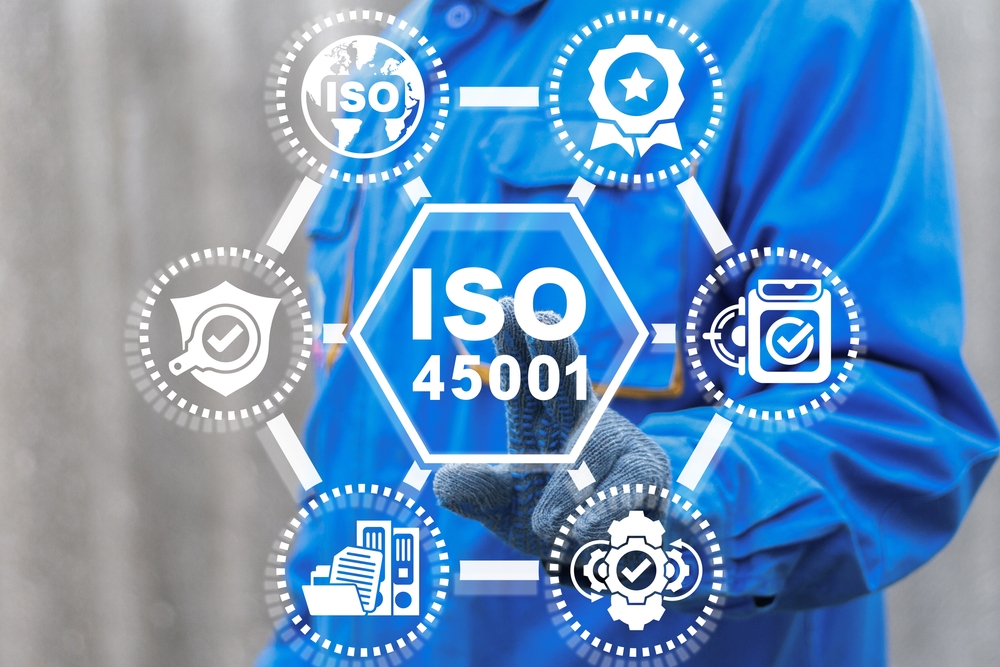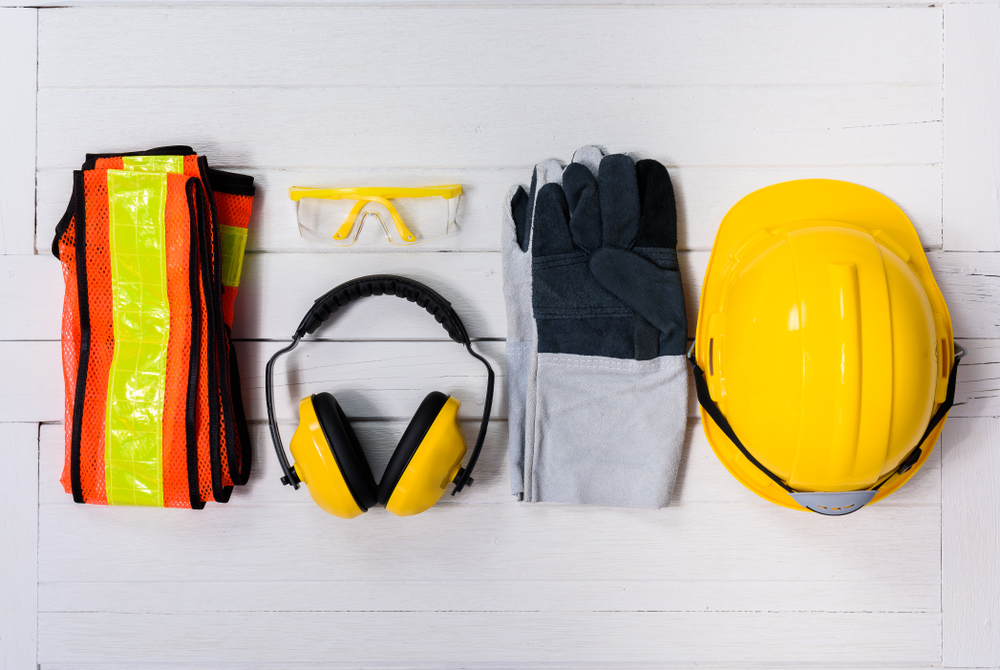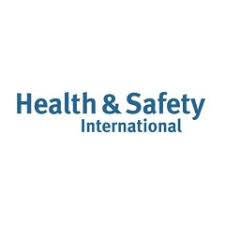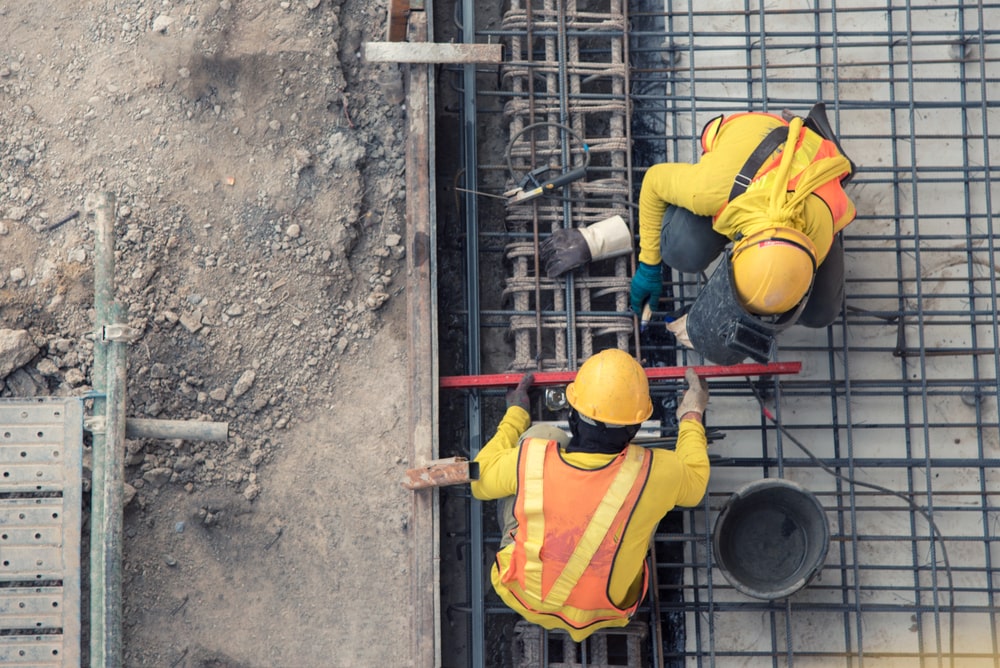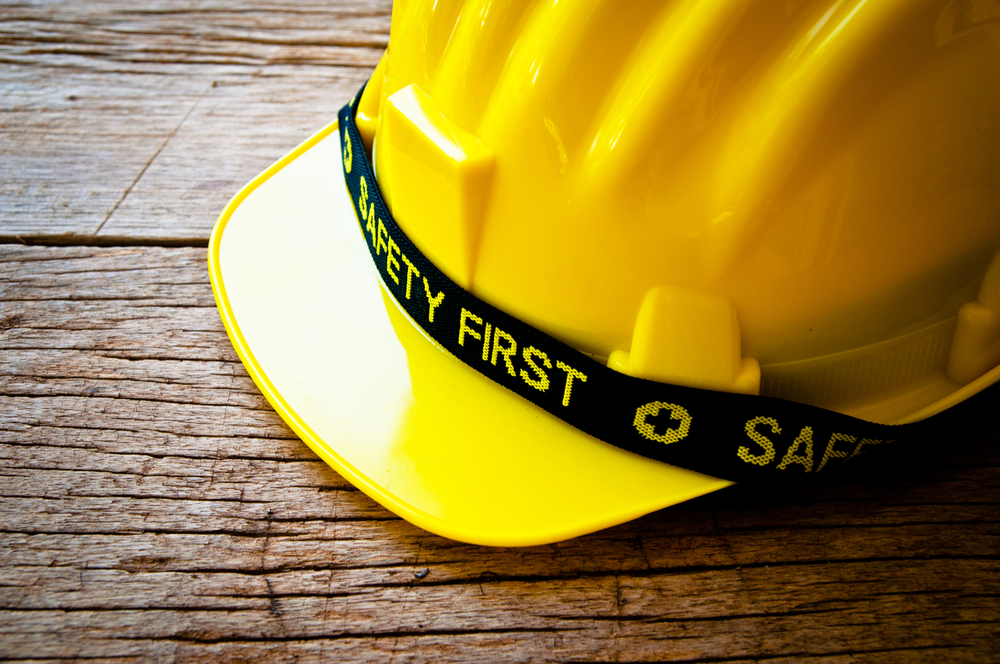News Post
Your Guide To Food Health & Safety
Food safety is an umbrella term that encompasses all practices that food businesses must adhere to in order to make sure that food is fit to eat, including subcategories such as food hygiene. Making sure that your food premises have good food health and safety has a multitude of benefits for your establishment. Thus, we have put together a manual to help you navigate food health and safety for businesses with guidance.
For further functional guidance and competent advice from a professional food safety consultant, please get in touch with SMS Europe today for more information about our food safety services. We have implemented food safety regimes in a number of high-profile restaurants and food outlets, including Michelin starred restaurants and the restaurants of celebrity chefs, helping them achieve five-star food hygiene ratings from their local authorities.
Why Is Food Safety Important?
Food health and safety is extremely important for food businesses. This is not only because there are minimum standards as required by law, but also to protect your food handlers, keep your workplace safe, and to reduce the risk of triggering a food allergy, which in some cases can be fatal.
Every year, each local authority plans a programme of inspections, where environmental health officers assess the level of food safety and hygiene on your food premises, and make sure you run a safe workplace. Environmental health officers will inspect how hygienically the food is handled, the physical condition of the business, and how the business manages ways of keeping food safe, including processes, training, and systems.
The observed standards during the inspection are then rated between 0 and 5, where 0 means urgent improvement is necessary, and 5 means hygiene standards are very good and fully comply with the law. Alongside this, the authorised officer will suggest advice on health practices, offering functional guidance for how to improve for the future.
This Food Hygiene Rating is available for everyone to see, which means that it is important to maintain food health and safety or else you might lose business. Similarly, a good Food Hygiene Rating can be displayed as a badge of honour and can be a great advertising tool for your food premises.
What Is The Name Of The Legislation Associated With Food Safety?
When it comes to food safety standards, there are a few pieces of legislation and regulations that you must be aware of.
Food Standards Act 1999
The Food Standards Act 1999 establishes the Food Standards Agency (FSA), setting out their goal to protect public health in relation to food. This legislation provides the FSA with functions and powers concerning food safety and standards, including the power to act in the consumer’s interest at any stage of the food production and supply chain.
Food Safety Act 1990
The Food Safety Act 1990 sets forth the framework for all food legislation throughout England, Scotland, and Wales. Under this act, every food handler, all food premises, and all food businesses:
- Must not include anything in food, remove anything from food, or treat food in any way which means it would be damaging to the health of the people eating it.
- Must ensure that the food served or sold is of the nature, substance, or quality that consumers would expect.
- Must label, advertise, and present food in a way that is not false or misleading.
General Food Law
After Brexit, Great Britain has retained EU law regulation (EC) 178/2002 General Food Law, although this may be updated in due course post-Brexit transition period. This regulation states that food should not be placed on the market if it is unsafe, which is defined as, ‘’injurious to health or unfit for human consumption’’. In England, these safety and hygiene standards are seen in The Food Safety and Hygiene (England) Regulations 2013, and The General Food Regulations 2004.
Food Information Regulations 2014
The Food Information Regulations 2014 enforce EU Law Regulation (EU) 1169/2011 on providing food information to consumers (FIC Regulations). Again, this may be updated in due course post-Brexit transition period. This places a backstop criminal offence when there is failure to comply with an improvement notice, mislabelling of foods, and failure to comply with allergen provisions, amongst others.
Other general food safety responsibilities:
As well as all of the above points, the UK Government also states that every food handler, all food premises, and all food businesses must:
- Keep records on where you got food from, and show this information on demand (known as traceability).
- Withdraw unsafe food and complete an incident report.
- Notify people why food has been withdrawn or recalled, for example by using a poster or leaflet.
- Display your Food Hygiene Rating when selling food directly to the public.
- Only use approved additives, which are specifically approved for use in that food, and should not exceed the maximum permitted level.
How To Maintain Food Safety
Hazard Analysis and Critical Control Point (HACCP)
Following HACCP principles is a way of managing food safety hazards. There are three main types of hazards: microbiological, which concerns harmful bacteria; chemical contamination, such as the control of substances; and physical contamination, which includes pest control. Critical Control Points are where steps are applied to prevent or reduce one or all of these food safety hazards.
The Four C’s
For good food hygiene, there are four main things to remember:
- Clean everything thoroughly, as part of infectious disease control, and control of substances.
- Cook everything safely whilst following stock control procedure.
- Chill food correctly, adhering to relevant temperature control.
- Avoid Cross-contamination, especially when it concerns a food allergy.
Food Safety Training
Another way to maintain food safety is by conducting staff training. Training staff in food safety and hygiene, such as the Level 2 Food Safety and Hygiene for Catering or another food hygiene certificate, will make the workplace safer.
Food Safety Advice from SMS Europe
The best solution for maintaining food safety is to have your food premises and food businesses audited by a specialist Food Safety Consultant from SMS Europe. We can work with you to deliver a food safety manual and policy to ensure that your procedures meet the latest and most up-to-date food safety requirements.
Our Food Safety Audit can also help you to implement the right HACCP techniques to make sure that your food safety documentation meets all the legal requirements. As our Food Safety Consultants are highly specialised, this means we can also advise on the food safety implications of certain cooking techniques, such as Sous Vide and quick chill, amongst others.
Get In Touch With Us Today To Find Out More About Our Food Safety Services
Ensuring that your food safety and hygiene practices are compliant with regulation and up to standard has never been easier than with a Food Safety Audit of your food premises by an expert Food Safety Consultant from SMS Europe. To request a quote, or to find out more about our food safety services, please call 0845 224 0028 to speak to one of our dedicated specialists.
Latest News
Health and Safety in Schools Checklist
Health and safety should be a top priority in any workplace, but especially in schools. Not only are you responsible for your staff’s safety, but you need to maintain the welfare of your pupils too. To do so, you must uphold your legal complian..
It can be difficult to decide your future path - a lot can ride on it, after all - but a career in health and safety could be the right choice for you. There are several types of careers in the health and safety industry that might be a good fit..
What is ISO 45001?
If you’re wondering what ISO 45001 is, then this is the guide for you. Replacing the old OHSAS 18001 standard, ISO 45001 is the new international standard for occupational health and safety management. In this guide, we'l..
Who Enforces Health and Safety?
The enforcement of health and safety is crucial to maintain healthy workplaces. The term health and safety itself covers the safety legislation and safety law that comes under the Health and Safety at Work Act 1974. In general, this means t..
Health and safety training is a requirement in the workplace, no matter which sector you work in. Our experts at SMS Europe have been providing an extensive range of specialist health and safety services for almost 20 years. To help make work en..
Health and safety in the workplace is all about controlling risks in a way that protects both your employees and your company. Strong leadership, including your employees, managers, suppliers, contractors, and consumers, is a characteristic of great ..
Health and safety in the workplace is immeasurably important. But, without the Health and Safety at Work Act of 1974, we might have never prized safety so highly. This piece of workplace legislation is highly significant and indeed has transform..
Fire Safety and Fire Risk Assessment at Leased Offices and Buildings Fire safety at leased single and multi- tenanted offices can be approached in a number of ways. Generally speaking, there are three types of premises, (single occupancy lea..
Safety Gloves
Please have a read at SMSE Managing Director Philip Marsden's article on Safety Gloves which is published in the February 2022 edition of Health and Safety International Magazine. https://www.hsimagazine.com/article/fits-like-a-glove/ We wo..
Current Health and Safety Industry Trends
New Guidance Released for Managing Home Workers As an employer, you have the same health and safety responsibilities for those who work from home as you do for all other employees who may work from the workplace. In most cases, the dange..
Who Is Responsible for the Health and Safety on a Building Site? Legally, the responsibility of health and safety within the business lies with the employer. It is up to them to make sure the environment meets the necessary health and safety requi..
No one wants to be injured whilst at work, and no one wants their staff to be injured, especially whilst on the job. That doesn’t mean that accidents don’t happen. In fact, each year an average of 22 manufacturing workers die in workplace..



